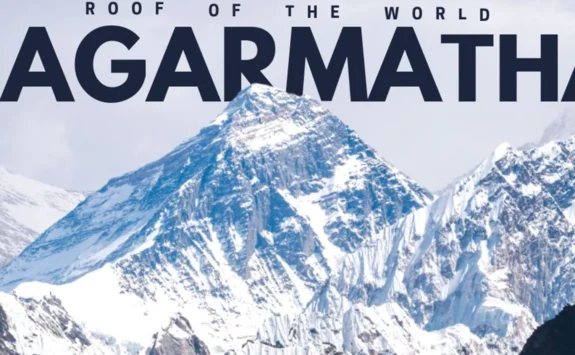Sagarmatha: The Highest Peak in the World
Mount Everest, which is the tallest mountain in the Himalayas, is known in Nepali as Sagarmatha (8,848.86 m). In English, the name means “Goddess of the Sky” or “the Head of the Earth.” The Mahalangur Himal sub-range of the Himalayas is home to Sagarmatha. At the very top, the line between China and Nepal runs through it.
People who are brave and bold are called to try their limits and reach new heights by Mount Everest, which is more than just a mountain. Mount Everest is truly beautiful, not only because of how big it is but also because it makes people feel awe and wonder. When you stand in its shade, you can’t help but be amazed by how big nature is and how big people’s efforts are.
Introduction of Sagarmatha
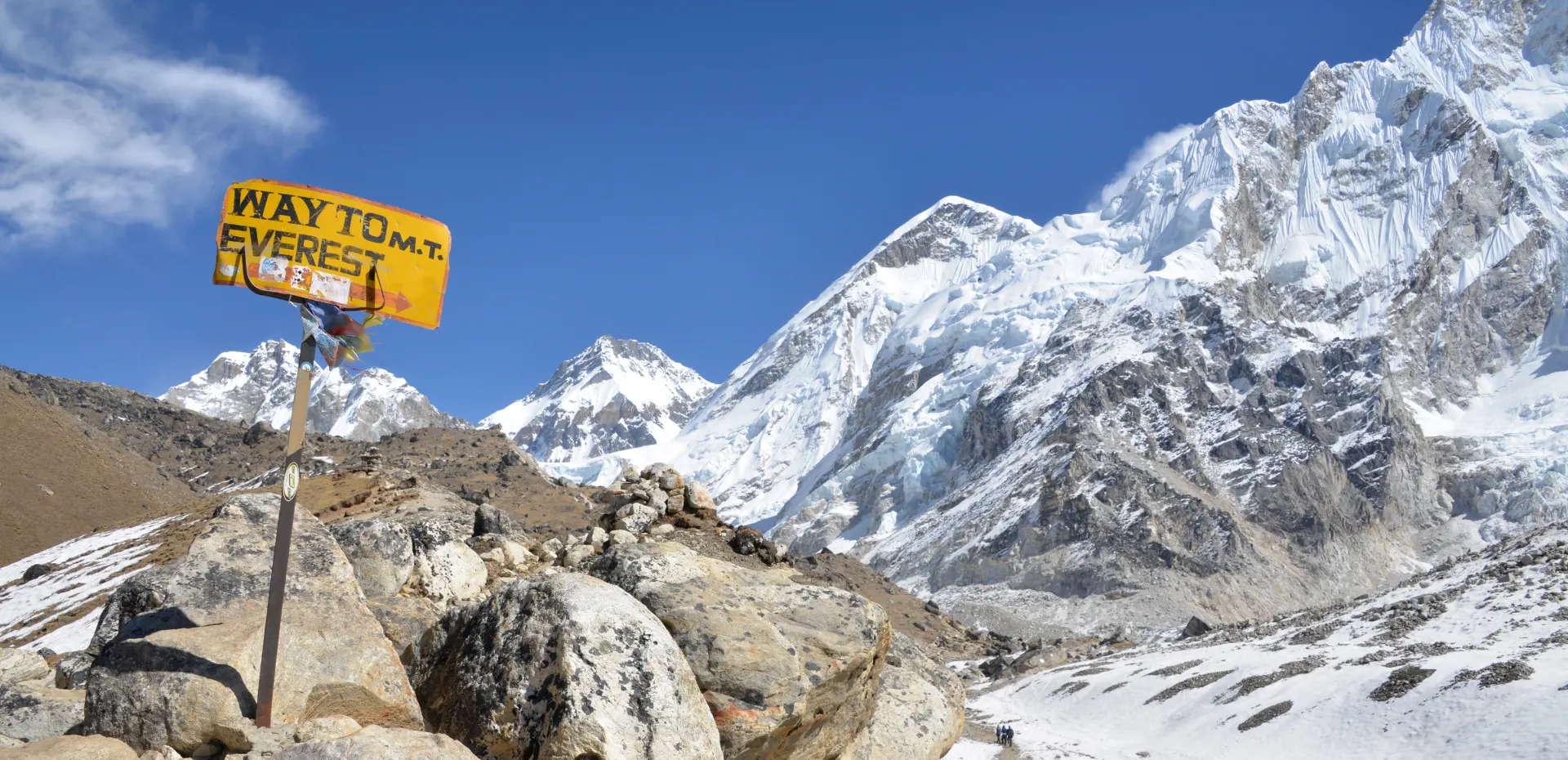
Elevation: Everest is the first highest mountain globally, towering at 8,848.86 meters (29,031.7 feet) above sea level.
Location: In the northern portion of Nepal, on the border between China and Nepal’s Koshi Province. The Mahalangur Himal is a subrange of the Everest range.
Trekking Routes: Everest offers various trekking routes, with the Gokyo Lake Trek and the trek to its base camp being popular choices. You can also go to the Everest Three High Passes or the Tashi Lapcha Pass Trek, which might be tough for beginners. These routes provide adventurers with a diverse range of landscapes and challenges.
Climbing Difficulty: Climbing Everest is hard because of the technical difficulties, the unpredictable weather, and the mountain’s remote position. It needs mountain climbers with a lot of experience working at high elevations.
First Ascent: The British mission to Mount Everest in 1924, led by George Mallory and Andrew Irvine, may have reached the top, but Mallory and Irvine died on the way down. The first proven successful ascent was made by the British Mount Everest expedition in 1953, which included Tenzing Norgay and Edmund Hillary.
Local Inhabitants: The Everest region is home to the Sherpa people.
Geography & Climate
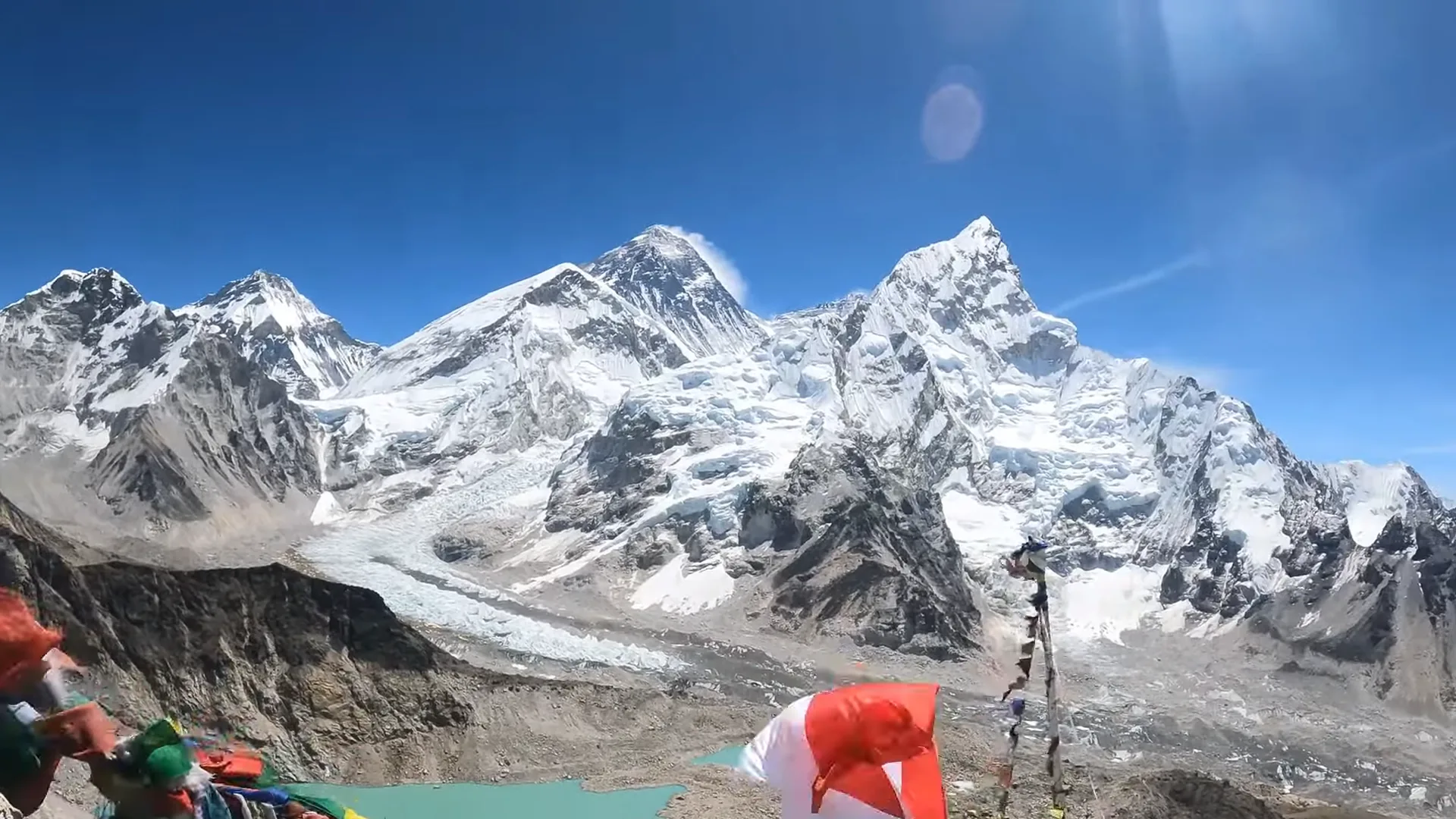
The Himalayan ranges emerged due to the collision between the Indian-Australian Plate and the Eurasian Plate. The process occurred between 40 to 50 million years ago. Over time, these majestic mountains took shape, with their present form crystallizing around 25 to 30 million years ago during the Pleistocene Epoch.
Metamorphic schists and gneisses, with igneous granites on top, make up the mountains at lower elevations. Higher up, sedimentary rocks of marine origin, remnants of the ancient Tethys Sea floor, can be found.
Mount Everest, the highest peak in the world, is a testament to nature’s grandeur. While there are 17 established routes to its summit, the two primary paths are the Southeast Ridge from Nepal and the North Ridge from Tibet.
The Southeast Ridge presents challenges, notably navigating the treacherous Khumbu Icefall, yet offers a shorter summit day and a relatively easier descent route. Conversely, the North Ridge allows for jeep access to base camp but demands traversing challenging terrain above 27,000 feet to reach the summit.
Standing among barren ridges, Sagarmatha stands large, commanding attention from the northeast, creating a shadow over the Plateau of Tibet. The nearby peaks such as Changtse, Khumbutse, Nuptse, and Lhotse lead to the breathtaking view.
The peak of Sagarmatha is always covered in solid snow, with a layer of softer snow on top that changes in thickness every year. Oxygen levels diminish significantly at such high altitudes, and the harsh climate prohibits the existence of any plant or animal life.
Climbing History
Mount Everest, initially known as Peak XV, was renamed in honor of Sir George Everest, a distinguished Welsh surveyor and cartographer who worked on mapping India in the 19th century. George Mallory, a renowned mountaineer, made three attempts to conquer Everest in 1921, and 1922, then tragically lost his life in 1924 along with Andrew Irvine and two Sherpas.
However, it was not until 1953 that the first successful ascent of Everest was achieved by Edmund Hillary, a mountaineer from New Zealand, and his Tibetan guide, Tenzing Norgay. This historic achievement marked the beginning of Everest’s prominence in the mountaineering world. Interestingly, the height of Sagarmatha was first officially measured during the Great Trigonometrical Survey of the Indian Subcontinent in 1856, which confirmed its status as the world’s tallest peak.
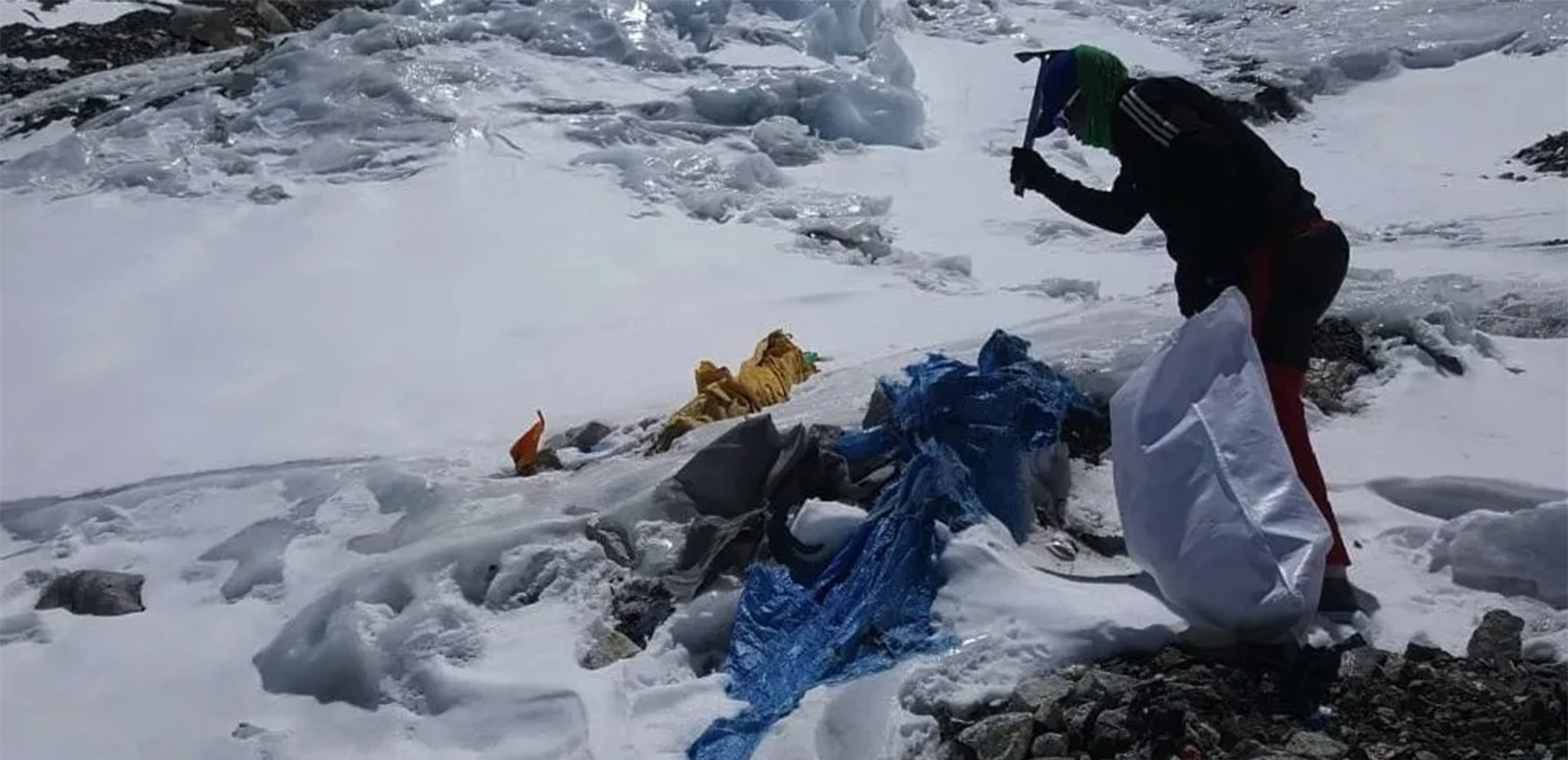
Everest Region Trek
While only some expert climbers will get a chance to set their sights on the summit of Everest, trekkers can also explore the beauty of the mighty peak from their base camp and surroundings. The base camp around Everest ranks as one of the great high-altitude treks in Nepal.
You will find multiple trekking routes, each presenting its own beauty and challenges. The Everest Base Camp Trek is one of the most popular and common choices for those eager to explore this region.
In most of the Sagarmatha region, you must acquire the necessary trek permits. The permits you need to take in the Everest region include the Sagarmatha National Park Entry Permit and the Khumbu Pasang Lhamu Rural Municipality Entrance Permit.
Surrounding Everest are other formidable peaks such as Lhotse, Nuptse, and Ama Dablam, each contributing to the region’s legendary status among mountaineers and trekkers alike. The trekking trails meander through diverse terrain, from lush rhododendron forests to rugged alpine landscapes, offering a kaleidoscope of natural wonders at every turn.
Beyond its natural splendor, the Everest region is also a treasure trove of cultural heritage. Home to the Sherpa people, renowned for their mountaineering prowess and warm hospitality, the region offers a glimpse into a way of life shaped by the mountains. Along the trekking routes, travelers encounter picturesque Sherpa villages adorned with colorful prayer flags and intricately carved mani stones, each imbued with spiritual significance. Monasteries such as Tengboche and Pangboche dot the landscape, serving as sanctuaries of Tibetan Buddhism and repositories of ancient wisdom.
Everest Base Camp Trek
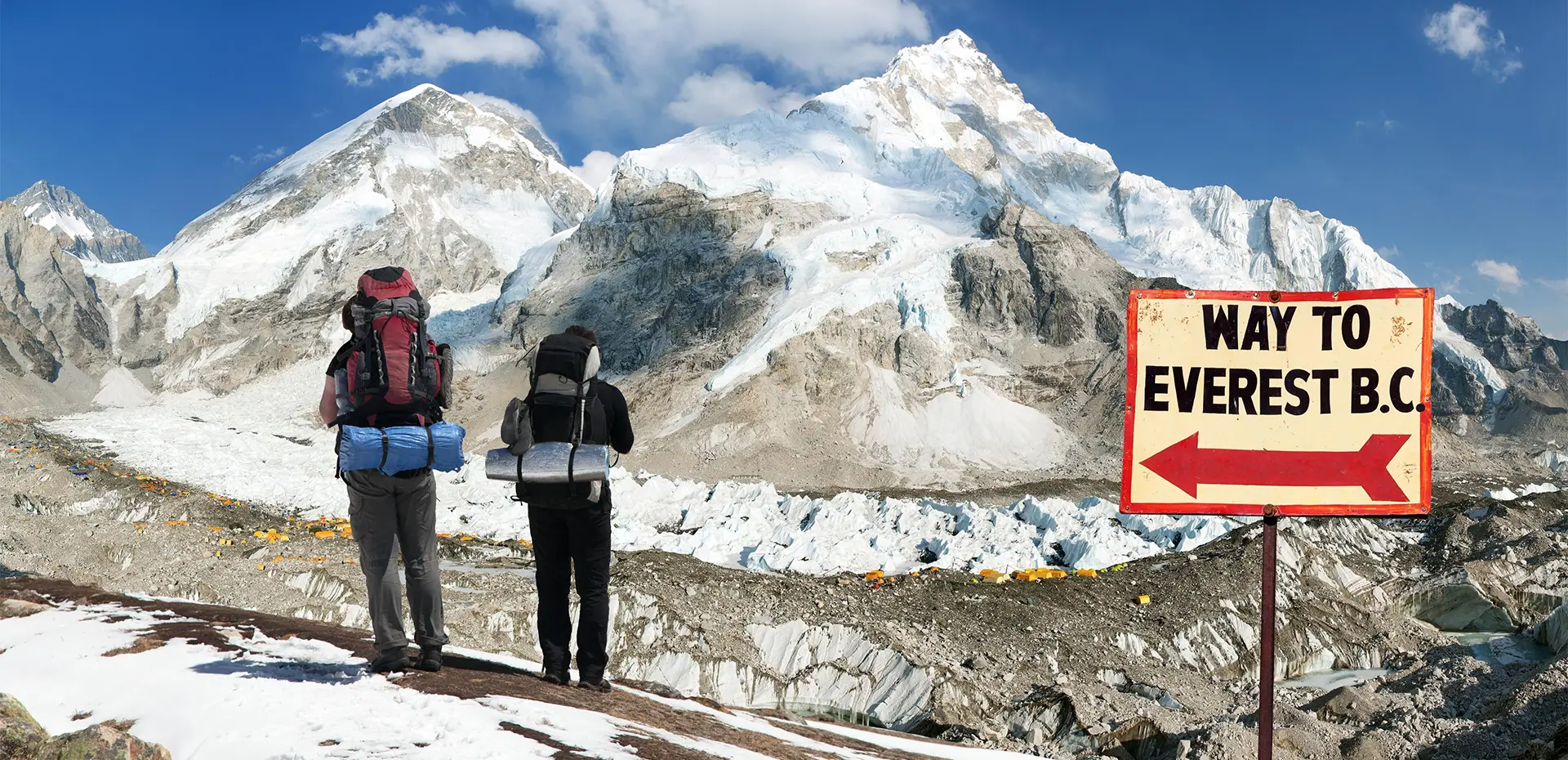
The Everest Base Camp trek is an adventure that many people consider to be a must-do in their lifetime. It is without a doubt the most well-known trekking path in the Sagarmatha region. After winding its way through scenic Sherpa communities, dense rhododendron woods, and glacial valleys, the trail finally arrives at the base of Mount Everest, which is the highest mountain in the world. During their journey, trekkers can take in breathtaking vistas of renowned mountains like Lhotse, Nuptse, and Ama Dablam. You will also be able to immerse yourself in the traditional Sherpa culture and the warm hospitality that is prevalent throughout the region.
Three High Passes Trek
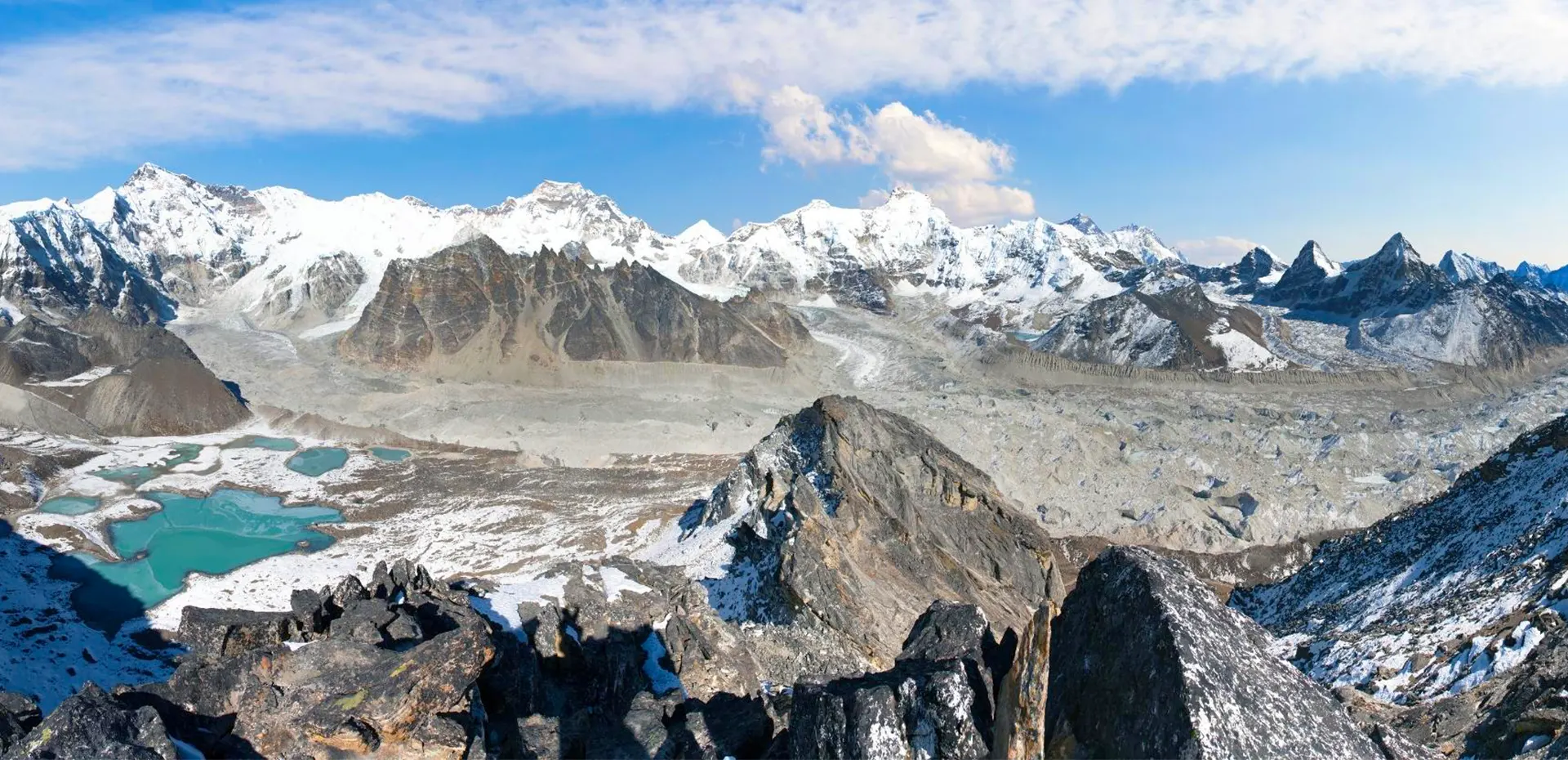
For those seeking a challenge beyond the classic Everest Base Camp route, the Three High Passes Trek is an exhilarating option. This strenuous journey crosses three high-altitude passes—Kongma La Pass, Cho La Pass, and Renjo La Pass—each of which exceeds 5,000 meters. The route leads trekkers through secluded valleys, magnificent glacier lakes, and rugged mountain routes, putting their endurance and mountaineering skills to the test.
Gokyo Lake Trek
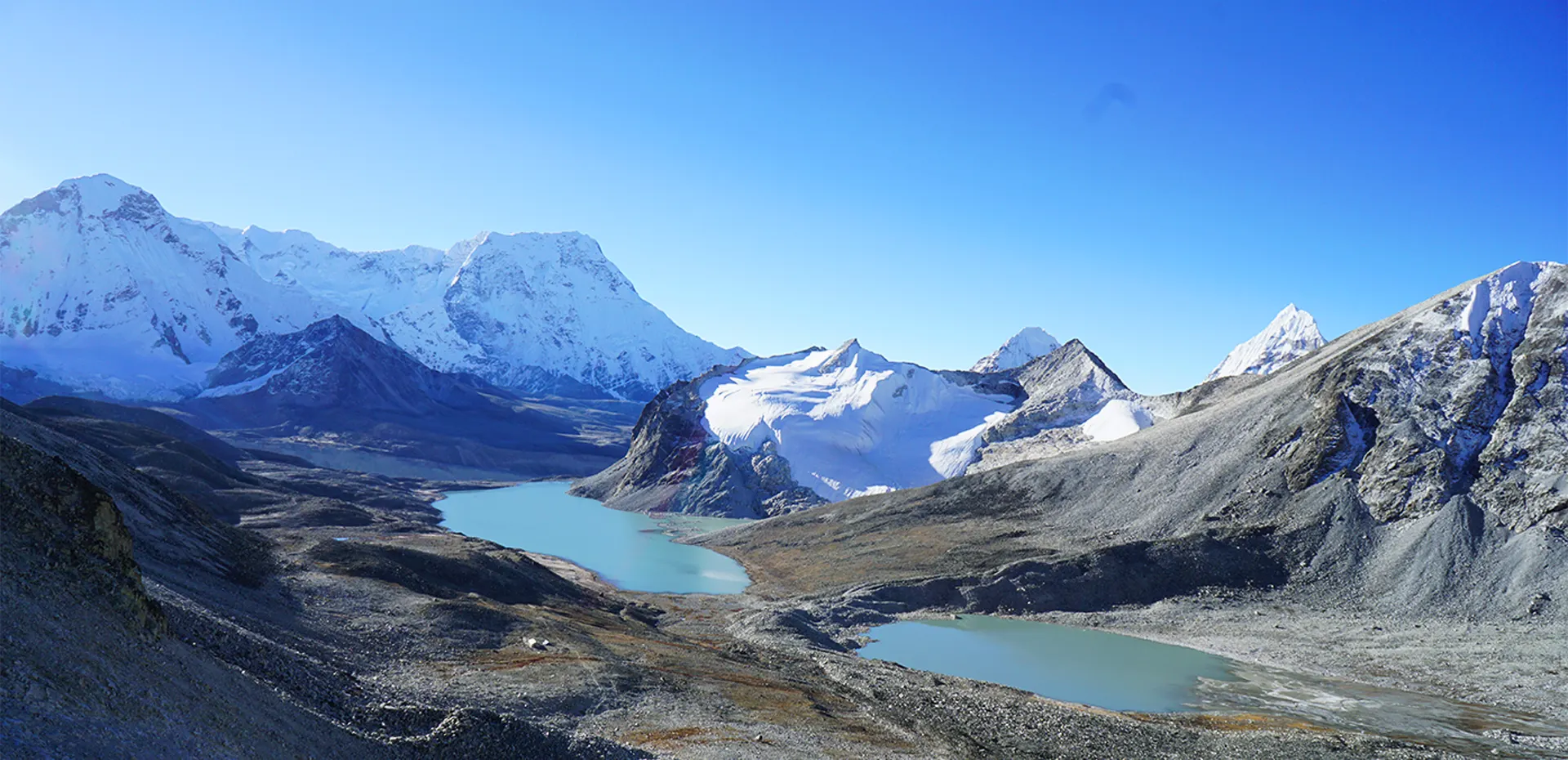
The Gokyo Lake trek is a hidden beauty situated among the towering hills of the Everest Region. This lesser-known path takes trekkers to Gokyo’s calm blue lakes, which are situated against the backdrop of spectacular Himalayan hills. The trail meanders past small Sherpa towns, verdant valleys, and alpine meadows, with stunning views of Cho Oyu, the world’s sixth-highest peak. Trekkers can also climb Gokyo Ri, a vantage point that provides panoramic views of the entire Sagarmatha region, including Everest itself.
Gokyo Renjo La Pass Trek
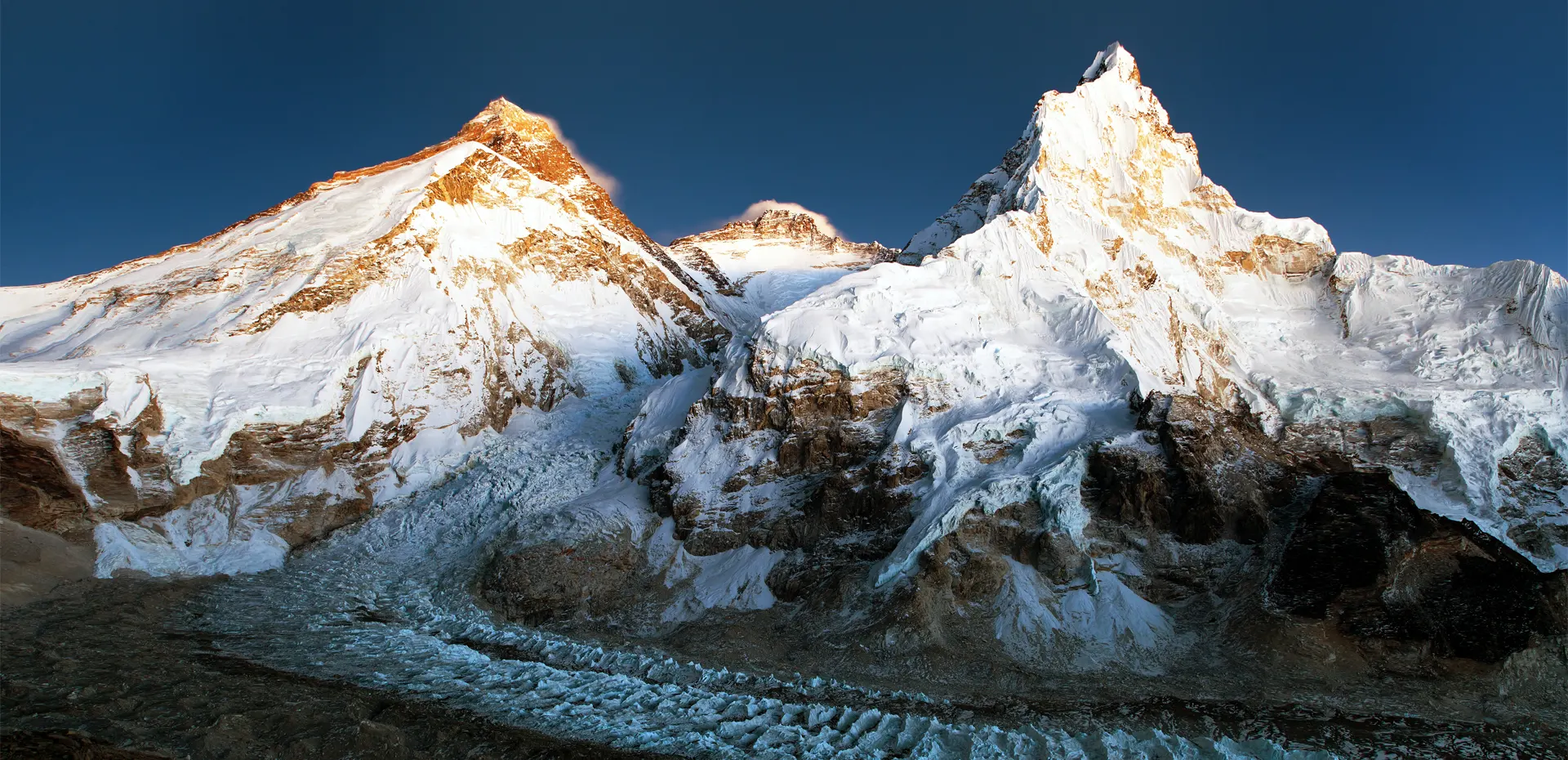
The Gokyo Renjo La Pass trip mixes the calm beauty of the Gokyo Lakes with the exciting challenge of crossing Renjo La Pass. This route provides a unique viewpoint on the Sagarmatha region, allowing trekkers to explore off-the-beaten-path treks while learning about the cultural diversity of Sherpa villages and monasteries. The trek’s highlight is the exciting climb to Renjo La Pass, where hikers are rewarded with breathtaking vistas of Everest, Lhotse, and Makalu, among other peaks.
Pikey Peak Trek
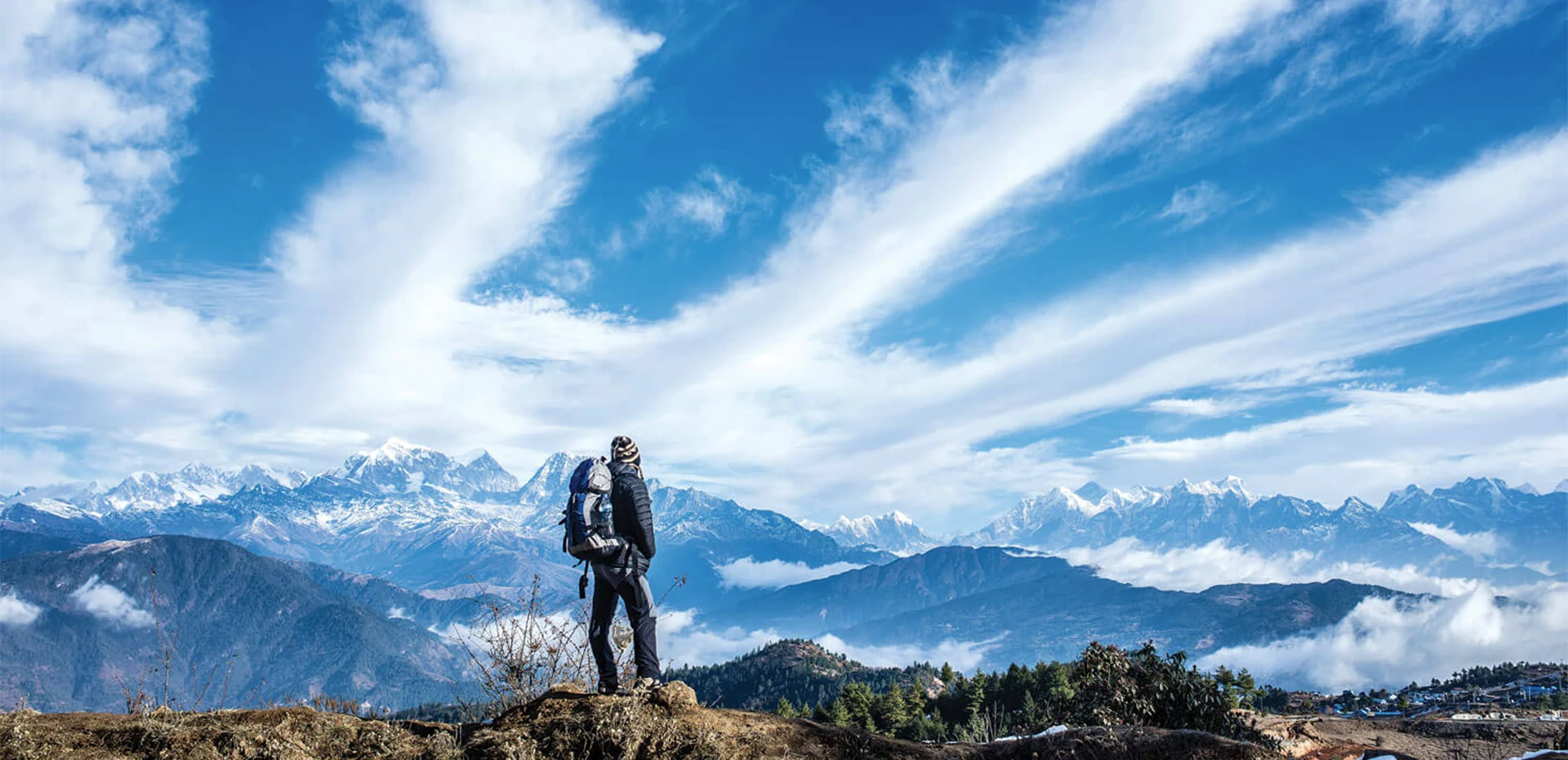
For individuals in search of a more isolated and cultural encounter, the Pikey Peak trek provides a glimpse into the traditions and ways of life common to the Sagarmatha region. Pikey Peak is regarded as one of the best locations to see sunrise views of the Himalayas. Trekkers may expect a true Himalayan experience away from the crowd as they traverse through magnificent landscapes mixed with terraced crops, historic monasteries, and isolated Sherpa towns.
© Copyright 2024 Eco-friendly Treks. Website Developed by: AVIVA


